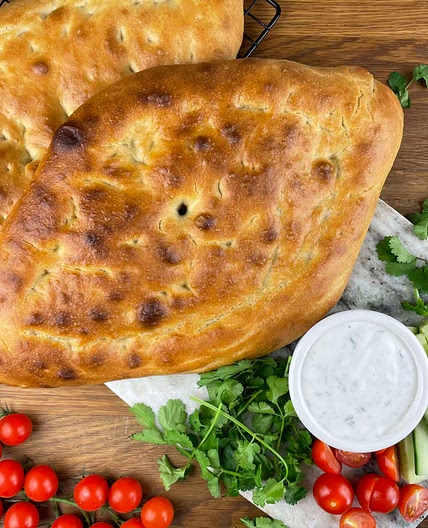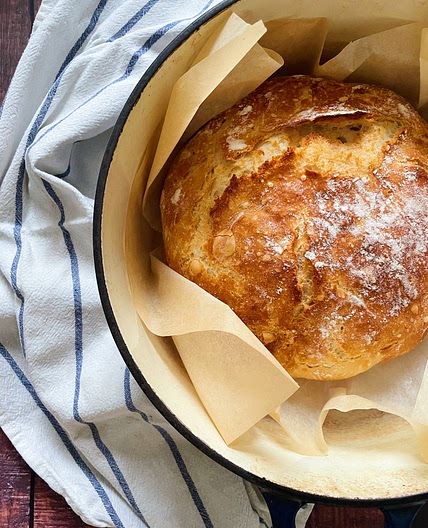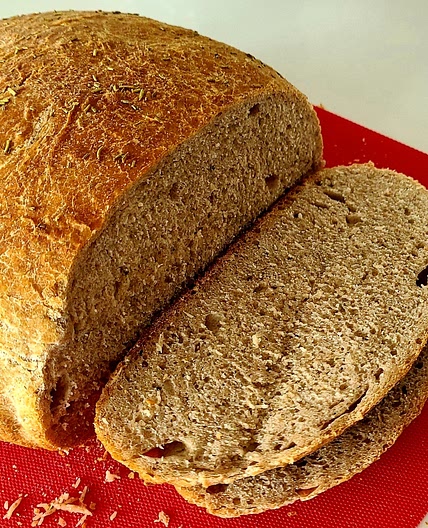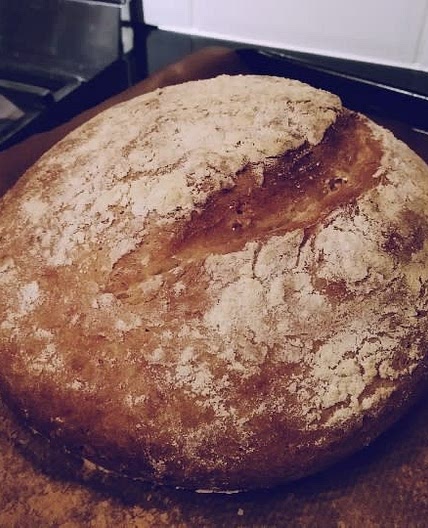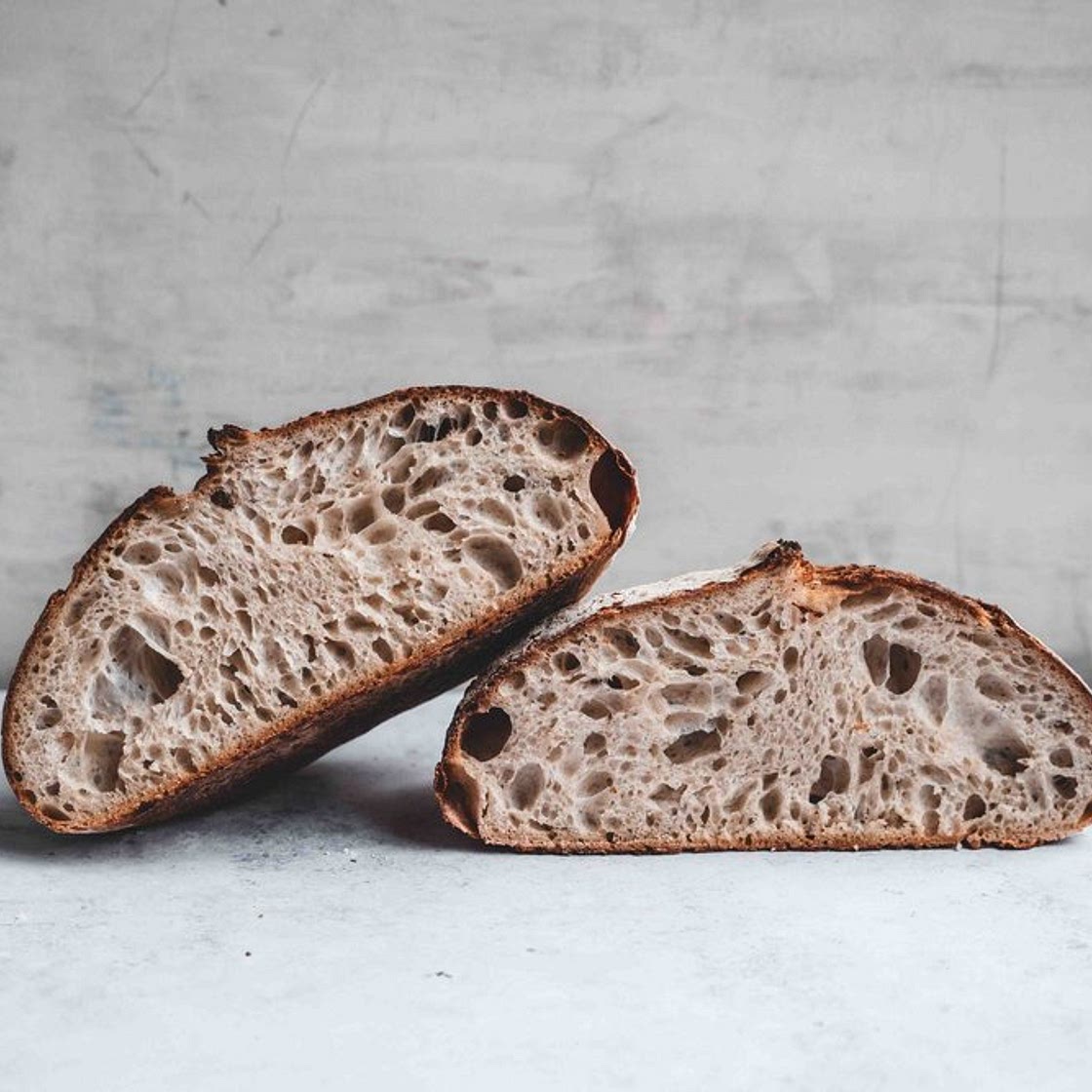
1/2
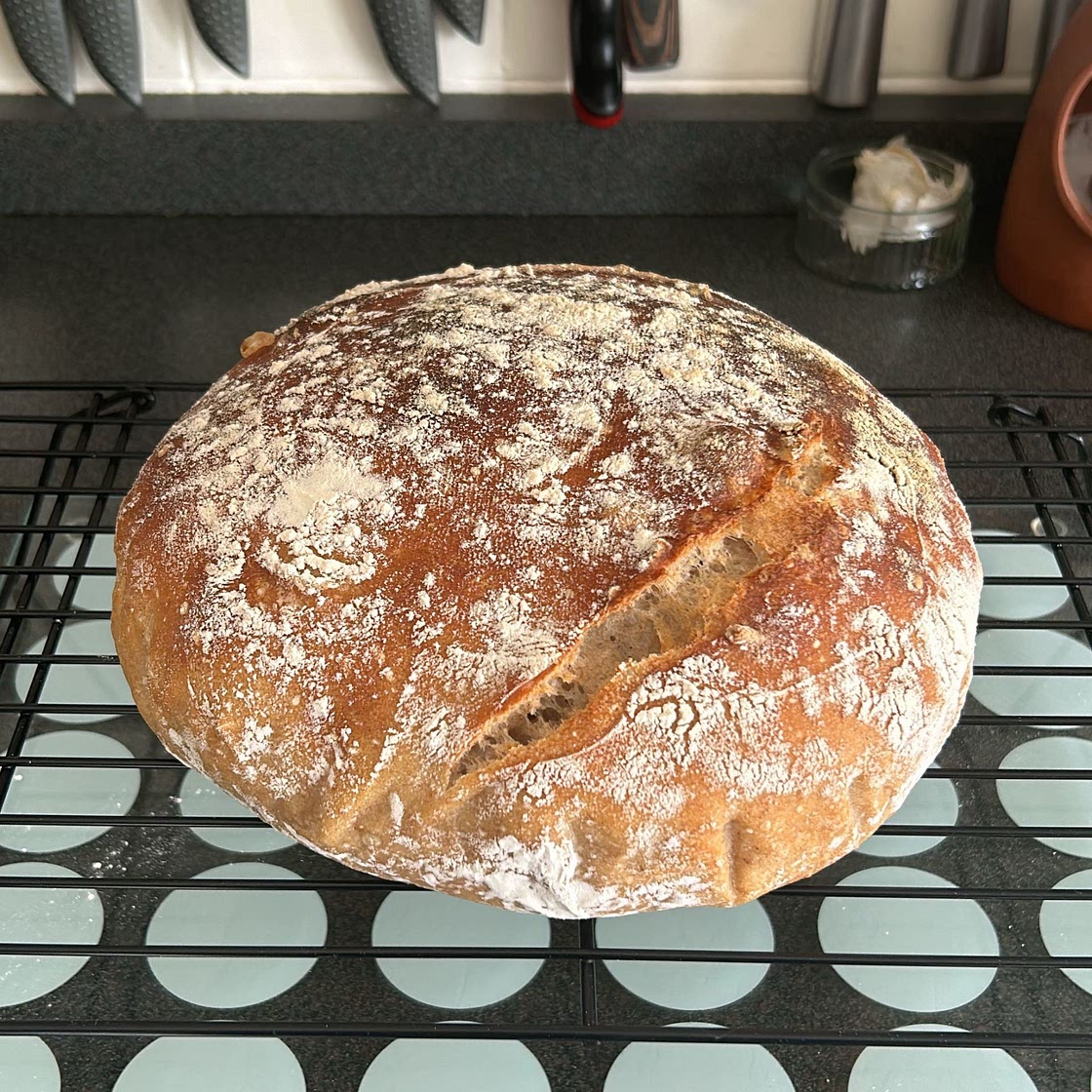
2/2
100%
1
By Siana Gardner
Step By Step Sourdough Recipe — The Boy Who Bakes
You’ve created a sourdough starter, it’s rising and falling with regularity every time you feed it, its time to make our first loaf of sourdough bread. The topic of sourdough could and has filled endless books and you could spend a lifetime learning how to make it and then another lifetime learning
Updated at: Sat, 14 Dec 2024 09:56:18 GMT
Nutrition balance score
Uh-oh! We're unable to calculate nutrition for this recipe because some ingredients aren't recognized.
Ingredients
0 servings
Levain
25gstarter
mature, my starter is 100% hydration
50g50/50 flour blend
my blend of white and wholemeal bread flours used for the starter
50mlwater
at 27C
Sourdough Recipe
100glevain
20%
450gwhite bread flour
90%
50gwhite spelt flour
10%
375mlwater
75%, at 27C
10gsalt
2%
2Fermentation
pm, Bulk
Instructions
View on The Boy Who Bakes
↑Support creators by visiting their site 😊







